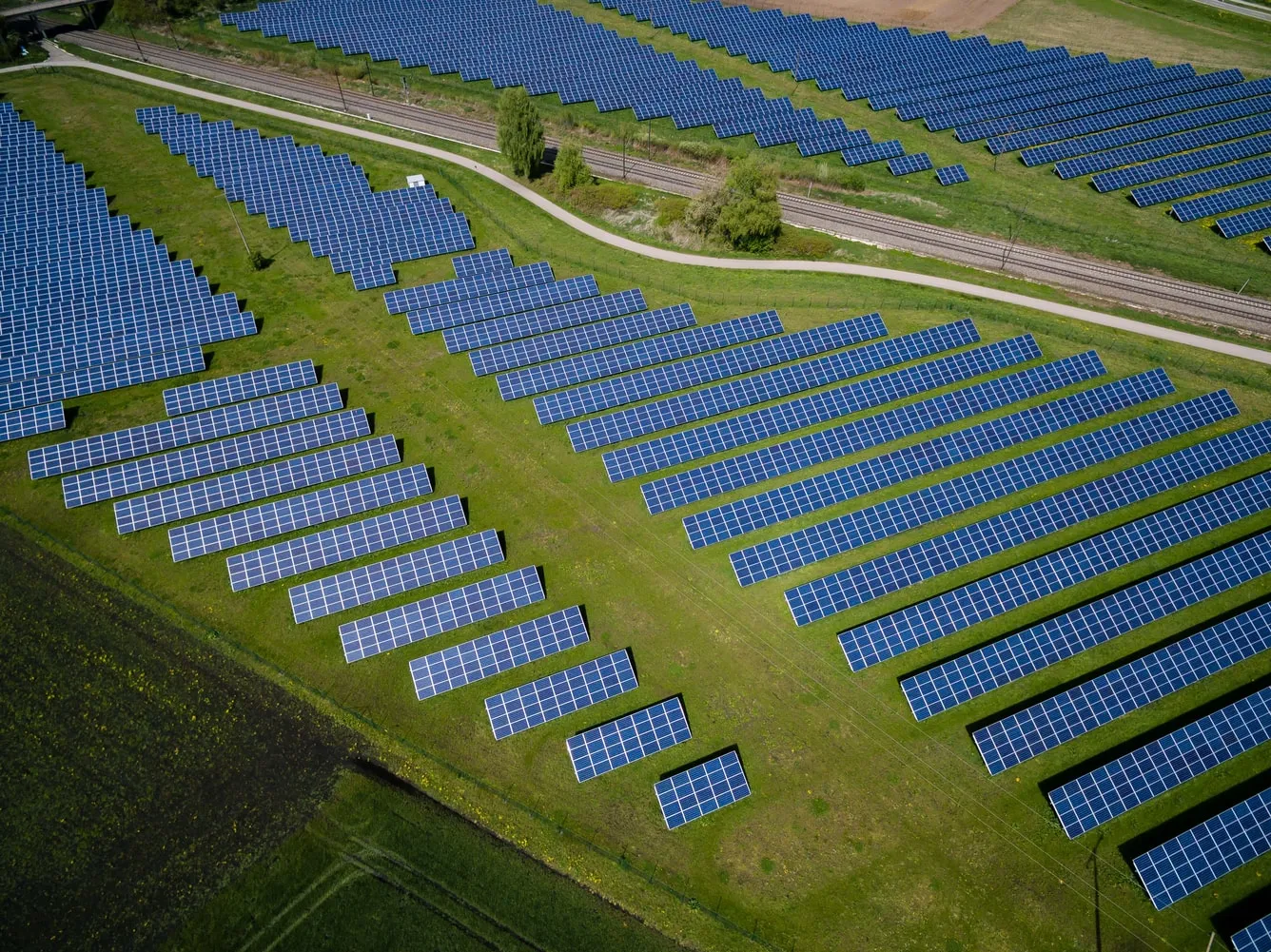In 2019 as part of the Clean Energy Package, electricity regulation tasked ENTSO-E with publishing a European Adequacy Assessment (ERAA) which is pan-European monitoring assessment of power system resource adequacy as far as ten years ahead. It aims to model and analyse possible events that could adversely impact the balance between supply and demand of electric power and is an important element for supporting qualified decisions by policymakers on strategic matters in order to maintain power system security.
The Transmission System Operators (TSO) EirGrid and SONI have identified the need to enhance reliability assessments to suitably attribute the possible risks to resource adequacy and power system reliability of an increasingly diverse fuel mix and align with European Union regulation. The TSOs recently closed a consultation on the Methodology for a National Resource Adequacy Assessment (NRAA) that aims to evolve the existing Generation Capacity Statement (GCS) methodology to align with EU Regulation 2019/943 Article 24(1) as well as to improve overall the approach to assessing the reliability of the evolving power system.
So, what are some of the differences between the GCS and this new NRAA methodology?
- Demand at peak and hourly profiles are going to use the ENTSO-E Demand Forecasting Tool
- There is a change in the probabilistic tool from convolution-based tool in GCS to the Monte Carlo adequacy modelling in this NRAA
- Interconnection with GB and France is modelled consistent with ERAA implementation, and exchanges between GB and France and the rest of Europe are modelled using ERAA model which are then fixed for the purpose of the NRAA
The Electricity Association of Ireland responded to this consultation and welcomed this closer alignment with ERAA, subject to ensuring that all changes from the Generation Capacity Statement to this NRAA, are fully understood and evaluated by industry. A couple of the main points from the EAI’s response were:
- The modelling used in this NRAA needs to be flexible in its incorporation of the ERAA methodology and accounts for the Irish Single Electricity Market’s many unique aspects such as an isolated market, different fuel mix, and high levels of RES generation.
- The omission of System Non-Synchronous Penetration, constraints, and emissions targets is of concern. With high levels of variable renewables, there will be times of low output which need to be catered for in the adequacy assessment.
- The starting point must be a resilient dispatchable generation fleet on the island complimented by the required energy storage to meet the low renewables output period.
The next stage in this NRAA process is a consultation on the Data and Inputs for the NRAA which is due in Q2 of this year.
You can read our full response to the consultation by following the link below:
20240126 Final EAI Response to NRAA Methodology Consultation

